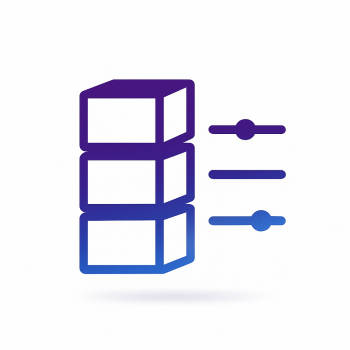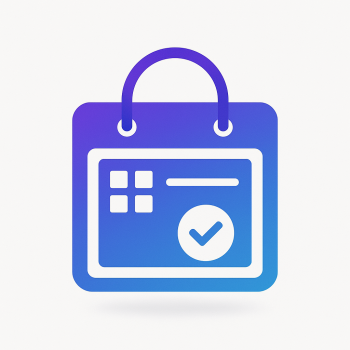How to Optimize Magento 2 for Core Web Vitals (LCP, FID, CLS)

Understanding Core Web Vitals and Their Impact on Magento 2 Stores
Google’s Core Web Vitals (CWV) are now a key ranking factor, and if your Magento 2 store isn’t optimized for them, you’re leaving speed—and sales—on the table. These metrics measure real-world user experience by focusing on three main areas:
- Largest Contentful Paint (LCP): How quickly the main content loads (should be under 2.5 seconds).
- First Input Delay (FID): How responsive your site feels when users first interact (should be under 100ms).
- Cumulative Layout Shift (CLS): How stable your page layout is during loading (should be under 0.1).
For Magento 2 stores, poor CWV scores often come from unoptimized images, render-blocking JavaScript, or unstable layouts. The good news? Fixing these isn’t rocket science—let’s break it down step by step.
Step-by-Step Guide to Optimizing LCP (Largest Contentful Paint)
1. Identify Your LCP Element
Use Google’s PageSpeed Insights or Chrome DevTools (Lighthouse) to find what’s slowing down your LCP. Typically, it’s either:
- A hero image
- Product banners
- Large text blocks
2. Optimize Images for Faster Loading
Magento 2’s default image handling isn’t always efficient. Here’s how to fix it:
// Example: Compress images via CLI (using ImageMagick)
convert -strip -interlace Plane -quality 85% hero-image.jpg hero-image-optimized.jpgPro Tip: Use srcset for responsive images:
<img src="product.jpg"
srcset="product-480w.jpg 480w, product-800w.jpg 800w"
sizes="(max-width: 600px) 480px, 800px"
alt="Product Name">3. Upgrade Your Hosting
A slow server kills LCP. If you’re on shared hosting, consider:
- Magefine’s Magento-optimized hosting (built for speed).
- Enabling OPcache and PHP 8.x for faster execution.
Techniques to Reduce FID (First Input Delay)
1. Defer or Async Non-Critical JavaScript
Magento 2 loads tons of JS by default. Defer non-essential scripts:
// In your theme's default_head_blocks.xml
<script src="js/non-critical.js" defer="defer"></script>2. Reduce Third-Party Scripts
Analytics, live chats, and payment scripts add latency. Load them after user interaction:
// Example: Lazy-load Google Analytics
document.addEventListener('scroll', function() {
if (!window.gaLoaded) {
loadScript('https://www.google-analytics.com/analytics.js');
window.gaLoaded = true;
}
});3. Use a Faster Web Server
Switch from Apache to LiteSpeed or Nginx with HTTP/2 for lower latency.
How to Minimize CLS (Cumulative Layout Shift)
1. Reserve Space for Dynamic Content
Avoid sudden layout jumps by defining dimensions for ads, images, or banners:
.product-banner {
width: 100%;
height: 400px; /* Prevents CLS when image loads */
}2. Preload Web Fonts
Unstyled text (FOUT) causes shifts. Preload fonts in head:
<link rel="preload" href="fonts/yourfont.woff2" as="font" crossorigin>Leveraging Magefine’s Page Speed Optimizer
For automated fixes, Magefine’s Page Speed Optimizer handles:
- Lazy loading without breaking CLS
- Auto-critical CSS generation
- Smart JS bundling
Final Tip: Test changes incrementally using Chrome DevTools’ "Performance" tab.
By tackling LCP, FID, and CLS systematically, your Magento 2 store will load faster, rank higher, and convert better. Need help? Drop a comment below!





